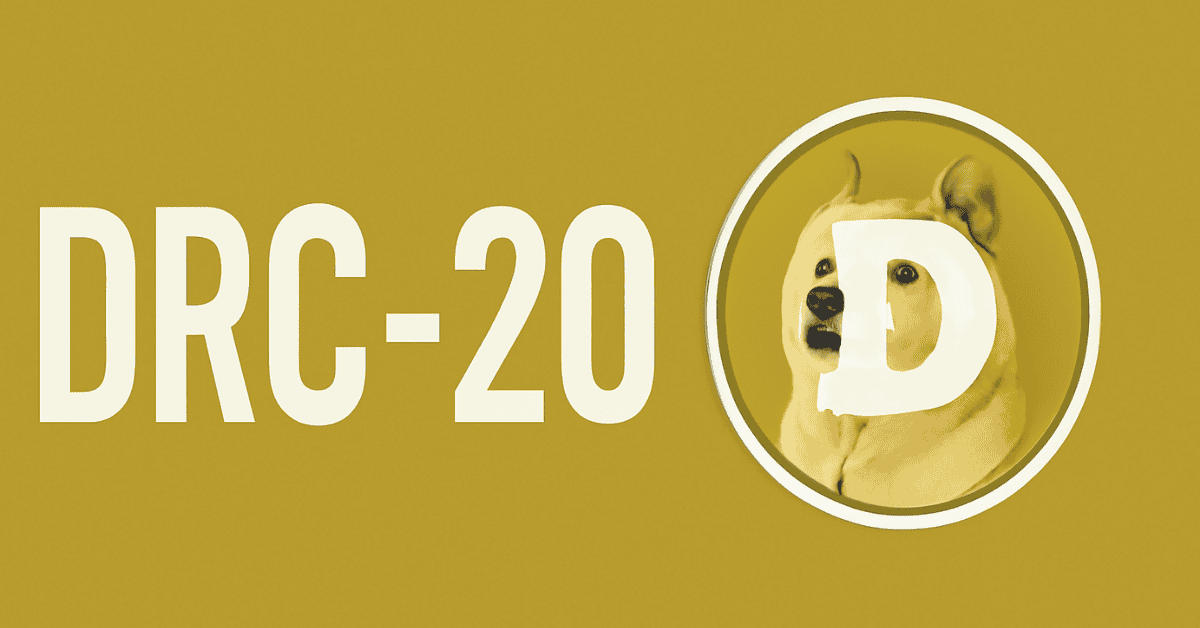
The Future of Memecoins: DRC-20 on Dogecoin Blockchain
1. What is DRC-20?
DRC-20 is a token standard developed by the Cardinals protocol on the Dogecoin blockchain. This standard allows developers and users to create digital assets such as tokens or NFTs to interact with the Dogecoin ecosystem.
DRC-20 was introduced by the Dogewow community in May 2023. It is designed similarly to the BRC-20 token standard on the Bitcoin blockchain, aiming to resolve issues related to BRC-20, such as high transaction fees and slow speeds.
2. How does DRC-20 work?
DRC-20 tokens are inscribed on the smallest unit of Dogecoin, called Shibe, just like BRC-20 operates on Bitcoin’s Satoshi units. Metadata such as text, images, or even applications can be attached to tokens to create assets like NFTs.
3. Advantages and Disadvantages of DRC-20
Advantages:
- The cost to create a DRC-20 token is very low, around 0.1 DOGE (0.0093 USD), making it easy for users to experiment without high financial risk.
- As DRC-20 is still in the early development phase, it offers opportunities for early investors to lead in this emerging trend.
Disadvantages:
- The Dogecoin network is still relatively new, and there are not many real-world applications for DRC-20 tokens. Most are used for speculation.
- Blockchain explorers and token tracking tools are limited, making DRC-20 transactions challenging.
- DRC-20 tokens are mostly memecoins and can experience significant price volatility.
4. Impact of DRC-20 on Dogecoin Transactions
Since the launch of DRC-20, the transaction volume on Dogecoin has surged significantly. At some points, the volume exceeded Bitcoin's daily transactions.
5. Should you invest in DRC-20?
While DRC-20 has helped Dogecoin gain attention, most of its tokens remain memecoins with little practical use. As such, users should conduct thorough research and only invest money they are willing to lose.